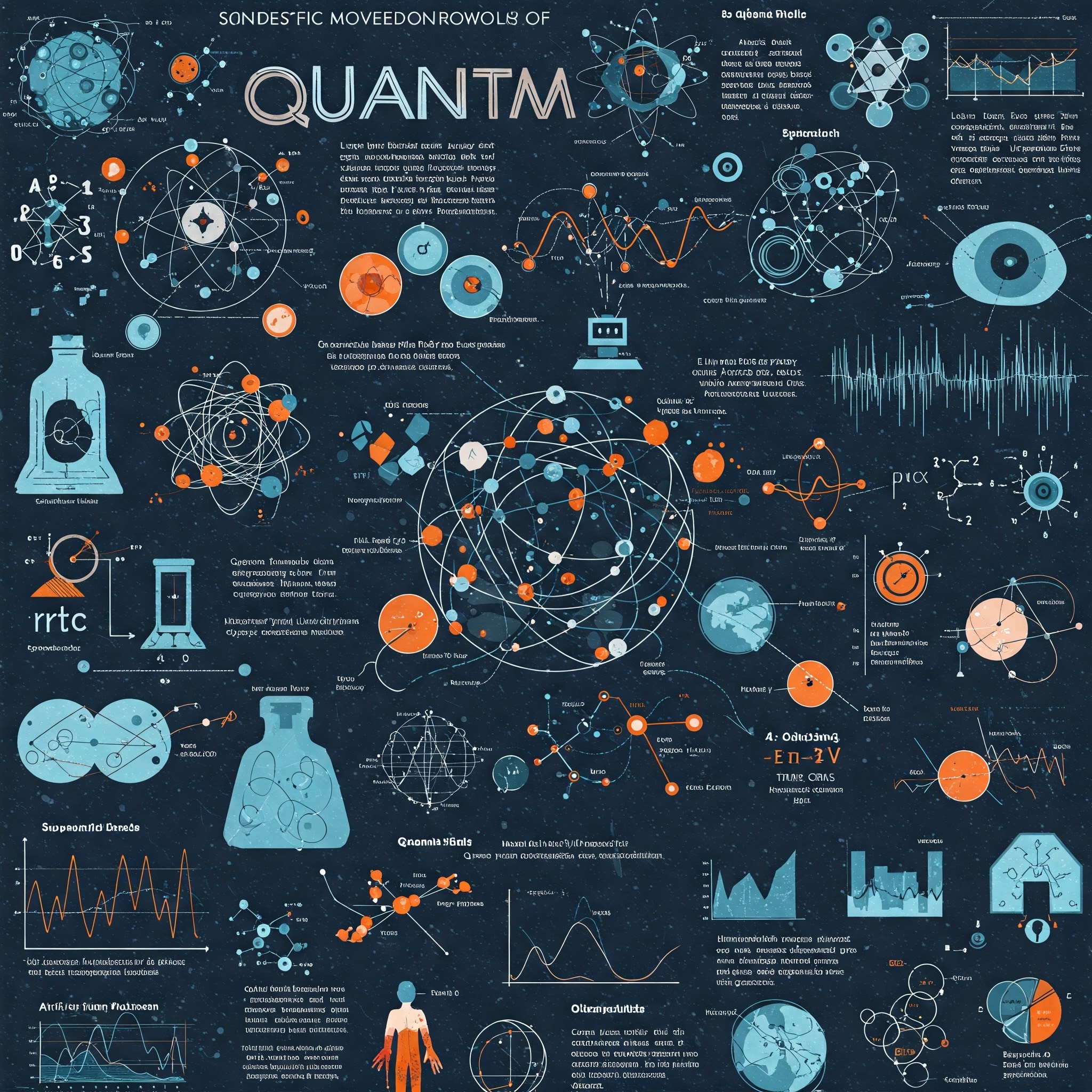Impact Of Breast Cancer Awareness Programmes On The Prevention Of Breast Cancer

Breast cancer is one of the most common cancers affecting women worldwide and represents a significant public health challenge. Despite advancements in medical research and treatment, breast cancer remains a leading cause of cancer-related deaths among women. According to the World Health Organization (WHO), an estimated 2.3 million women were diagnosed with breast cancer in 2020, with approximately 685,000 deaths globally. The growing incidence of breast cancer highlights the urgent need for effective prevention and early detection strategies.
Awareness and education have become crucial components in reducing the burden of breast cancer. Breast cancer awareness programs aim to inform the public about the disease, promote early detection, and encourage preventive measures. These programs are essential for improving survival rates, as early diagnosis significantly increases the chances of successful treatment.
World Health Organization (WHO)
The WHO has been instrumental in integrating breast cancer awareness into global health policies. Its initiatives focus on early detection, improving access to care, and reducing disparities in breast cancer outcomes. The WHO emphasizes community-based strategies for promoting awareness and ensuring early diagnosis in low- and middle-income countries.
Importance of Early Detection and Prevention
Early detection is one of the most effective ways to fight breast cancer. Studies show that when breast cancer is identified at an early stage, the survival rate increases dramatically. Screening methods such as mammography, clinical breast exams, and self-breast examinations have proven instrumental in detecting the disease at an early stage. However, many women remain unaware of the importance of these screening methods, especially in low-resource settings where access to healthcare is limited.
Prevention, which involves lifestyle modifications such as maintaining a healthy weight, regular physical activity, and reducing alcohol consumption, also plays a key role in reducing breast cancer risk. Awareness programs help bridge the gap between medical knowledge and public understanding, empowering women to take proactive steps in safeguarding their health.
Role of Breast Cancer Awareness Programs
Breast cancer awareness programs aim to achieve several objectives, including educating women about the symptoms and risk factors of breast cancer, promoting early detection practices, and addressing the barriers that prevent individuals from accessing screening services. These programs often employ a variety of strategies, such as community outreach, mass media campaigns, workshops, and social media platforms, to reach a diverse audience.
Numerous organizations, including the World Health Organization (WHO), the American Cancer Society (ACS), and advocacy groups like Susan G. Komen and Breast Cancer Now, have been at the forefront of global breast cancer awareness efforts. These organizations work tirelessly to promote education and provide resources to help women recognize the importance of regular screenings and lifestyle changes that reduce the risk of developing breast cancer.
American Cancer Society (ACS)
The ACS has been a leader in breast cancer awareness for decades. Its campaigns focus on educating the public about breast cancer risk factors, symptoms, and the importance of regular screenings. The ACS also provides support services for patients and survivors.
Susan G. Komen for the Cure
Founded in 1982, Susan G. Komen for the Cure is one of the largest breast cancer organizations globally. The foundation has invested millions in research, advocacy, and community-based programs. Its signature event, the Race for the Cure, has become a global symbol of breast cancer awareness.
Goals and Extent of the Article
This paper investigates the effect of bosom malignant growth mindfulness programs on the counteraction of Breast Cancer, with an emphasis on how these projects impact public information, conduct, and wellbeing results. The targets of the exposition are as per the following:
To give an outline of bosom disease, including its pervasiveness, risk elements, and counteraction procedures.
To break down the turn of events and execution of bosom malignant growth mindfulness programs on a worldwide scale.
To evaluate the viability of these projects in advancing early identification and anticipation.
To discuss the challenges and limitations of breast cancer awareness initiatives.
To propose future techniques for further developing Breast Cancer mindfulness and counteraction.
The extent of this paper is both wide and centered. It include a comprehensive review of literature on breast cancer and awareness programs, case studies of successful initiatives, and statistical analyses to determine their impact. By examining the link between awareness and prevention, this essay aims to highlight the crucial role that education and advocacy play in reducing the burden of breast cancer.
Types and Classification of Breast Cancer
Breast cancer is a heterogeneous disease, with various subtypes that differ in their clinical presentation, molecular characteristics, and prognosis. The classification of breast cancer is based on several factors, including the site of origin, hormone receptor status, and genetic mutations.
Invasive vs. Non-invasive Breast Cancer
Non-invasive Breast Cancer: Also known as carcinoma in situ, this form of breast cancer is confined to the ducts or lobules and has not spread to surrounding tissues. The two main types are ductal carcinoma in situ (DCIS) and lobular carcinoma in situ (LCIS).
Invasive Breast Cancer: This type of cancer has spread beyond the ducts or lobules into the surrounding breast tissue. The most common form is invasive ductal carcinoma (IDC), accounting for approximately 80% of all breast cancer cases.
Molecular Subtypes
Breast cancer is further classified based on the presence or absence of hormone receptors:
Hormone Receptor-Positive Breast Cancer (HR+): These cancers have receptors for estrogen (ER) and/or progesterone (PR), which fuel their growth. They tend to respond well to hormone therapy.
HER2-Positive Breast Cancer: This subtype overexpresses the HER2 protein, leading to aggressive growth. Targeted therapies like trastuzumab (Herceptin) have significantly improved outcomes for HER2-positive patients.
Triple-Negative Breast Cancer (TNBC): Lacking ER, PR, and HER2 receptors, TNBC is more challenging to treat and often has a poorer prognosis.
Non-Modifiable Risk Factors
Age: The risk of breast cancer increases with age, with most cases occurring in women over 50.
Dense Breast Tissue: Higher breast density is associated with an increased risk of breast cancer.
Personal History of Breast Cancer: Individuals with a previous diagnosis are more likely to develop cancer in the other breast.
Genetics and Family History: Inherited mutations in the BRCA1 and BRCA2 genes significantly elevate the risk of breast and ovarian cancers. Women with a family history of breast cancer are at a higher risk.
Modifiable Risk Factors
Hormone Replacement Therapy (HRT) and Oral Contraceptives: Prolonged use of HRT and certain contraceptives may increase the risk.
Lifestyle Choices: Factors such as poor diet, physical inactivity, and excessive alcohol consumption can increase the risk of breast cancer.
Reproductive History: Early menstruation (before age 12) and late menopause (after age 55) increase lifetime exposure to estrogen, elevating breast cancer risk.
Statistics
According to recent data from the International Agency for Research on Cancer (IARC):
Breast cancer accounts for approximately 11.7% of all cancer cases globally.
In 2020, more than 2.3 million women were diagnosed with breast cancer.
Breast cancer is the leading cause of cancer death among women, with nearly 685,000 deaths annually.
Psychological Impact
Emotional Distress: Anxiety, depression, and fear are common among newly diagnosed patients.
Quality of Life: Treatment-related side effects, such as fatigue, hair loss, and lymphedema, can significantly impact the quality of life.
Survivorship Challenges: Even after treatment, many survivors face long-term challenges, including fear of recurrence and coping with physical changes.
Financial Effect
Monetary Weight: The expense of malignant growth treatment can be restrictive, especially for people without sufficient protection inclusion.
Work and Efficiency: Breast cancer often forces patients to take time off work or leave their jobs, resulting in financial strain.
Avoidance Systems
Chemoprevention: Drugs like tamoxifen and raloxifene might be suggested for high-risk people.
Way of life Changes: Keeping a sound weight, customary actual work, and restricting liquor admission can lessen the gamble.
Preventive Medical procedure: Prophylactic mastectomy and oophorectomy are possibilities for ladies with an exceptionally high hereditary gamble.
Treatment Options
Breast cancer treatment is highly individualized, based on the type and stage of the disease. Common treatment modalities include:
Surgery: Lumpectomy, mastectomy, and sentinel lymph node biopsy.
Radiation Therapy: Often used after surgery to reduce the risk of recurrence.
Chemotherapy: Used to target cancer cells and shrink tumors before surgery.
Hormone Therapy: Effective for hormone receptor-positive cancers.
Targeted Therapy: Drugs like trastuzumab for HER2-positive breast cancer.
Methods and Strategies for Raising Awareness
Breast cancer awareness programs employ a variety of methods to reach diverse audiences and maximize impact. These strategies include mass media campaigns, community outreach initiatives, and the use of social media.
Broad communications Missions
Broad communications crusades are an integral asset for bringing issues to light for a huge scope. These missions use TV, radio, papers, and advanced stages to scatter data about bosom disease counteraction and early identification.
TV and Radio: Public assistance declarations and meetings with clinical experts assist with instructing the general population.
Boards and Print Media: Eye-getting ads out in the open spaces assist with building up key messages.
Local area Based Effort
Local area based programs are especially successful in coming to underserved populaces. These drives frequently include cooperation with nearby associations, medical care suppliers, and volunteers.
Studios and Courses: These occasions give an amazing chance to coordinate commitment and training.
Versatile Screening Units: Carrying screening administrations to country and underserved regions assists increment with getting to early recognition.
Social Media and Digital Campaigns
In recent years, social media has revolutionized breast cancer awareness efforts. Platforms like Facebook, Twitter, and Instagram allow organizations to reach a global audience with minimal cost.
Hashtag Campaigns: Campaigns such as #BreastCancer and #BreastCancerAwareness have helped create a global community of support and education.
Influencer Collaborations: Partnering with celebrities and social media influencers helps amplify messages and reach broader audiences.
Educational Webinars and Virtual Events: These digital tools have become increasingly popular, especially during the COVID-19 pandemic.
Measuring the Impact of Awareness Programs
Evaluating the effectiveness of breast cancer awareness programs is crucial for understanding their impact and refining future strategies. Key indicators of success include:
Increased Screening Rates: A rise in the number of women undergoing regular mammograms is a clear sign of increased awareness.
Improved Knowledge and Attitudes: Surveys assessing public knowledge and attitudes toward breast cancer provide valuable insights.
Early Detection Rates: Awareness programs aim to reduce late-stage diagnoses by promoting early detection.
Behavioral Changes: Encouraging lifestyle changes, such as increased physical activity and reduced alcohol consumption, can help reduce breast cancer risk.
Social Changes Advanced by Mindfulness Projects
Past teaching general society, fruitful mindfulness crusades urge conduct change to lessen bosom malignant growth risk.
Adoption of Healthier Lifestyles
Awareness programs often include messages about adopting healthy habits to reduce breast cancer risk.
Regular Exercise: Campaigns promote physical activity as a protective factor against breast cancer.
Healthy Eating: Nutrition-focused initiatives encourage a diet rich in fruits, vegetables, and whole grains while reducing processed food consumption.
Alcohol Reduction: Many awareness programs highlight the link between alcohol consumption and breast cancer, encouraging moderation.
Increased Participation in Screening Programs
One of the most significant impacts of breast cancer awareness campaigns is the increase in screening participation.
Mammography Uptake: Awareness programs have contributed to a substantial rise in the number of women undergoing regular mammograms. Early detection leads to better treatment outcomes and improved survival rates.
Self-Examination Practices: Although mammography is the gold standard for screening, many campaigns also emphasize the importance of regular breast self-examinations as a supplementary practice.
Early Identification and Decrease in Death Rates
Early detection of breast cancer through screening is crucial for improving survival rates. Breast cancer awareness programs have been instrumental in promoting early diagnosis, leading to a decline in late-stage diagnoses and associated mortality.
Impact on Early Diagnosis
Stage at Diagnosis: Women exposed to awareness campaigns are more likely to seek medical attention at an earlier stage of the disease, resulting in better prognosis and less aggressive treatments.
Public Screening Campaigns: Initiatives offering free or subsidized mammograms have helped reduce financial barriers to early detection.
Reduction in Mortality Rates
Studies have shown that breast cancer mortality rates are lower in regions with well-established awareness programs and screening services.
Improved Survival Rates: Early-stage breast cancer has a much higher survival rate compared to advanced-stage disease. Awareness programs help shift the stage at diagnosis, ultimately saving lives.
Role of Advances in Treatment: While improved treatments have contributed to reduced mortality, awareness programs ensure timely diagnosis, which is essential for the success of these treatments.
Role of Technology in Enhancing Awareness and Prevention
The integration of technology into breast cancer awareness initiatives has expanded their reach and impact.
Mobile Health Applications
Several mobile applications provide information on breast cancer risk, self-examination guides, and reminders for screening appointments.
Risk Assessment Tools: Apps that allow users to assess their risk and receive personalized prevention advice.
Virtual Support Groups: Online communities connect patients, survivors, and healthcare professionals, offering emotional support and practical advice.
Social Media Campaigns
Social media continues to be a powerful platform for raising awareness, sharing survivor stories, and promoting prevention strategies.
CONCLUSION
Breast cancer awareness programs have become an essential component of global health strategies aimed at reducing the incidence and mortality of the disease. While significant progress has been made, much work remains to be done to ensure that all individuals, regardless of their background or circumstances, have access to the knowledge and resources needed for early detection and prevention.
Ultimately, the success of these initiatives lies in their ability to adapt and evolve in response to changing societal needs and advances in technology. By continuing to innovate and prioritize equity, breast cancer awareness programs can help build a future where breast cancer prevention and early diagnosis are universally accessible, thereby saving countless lives.






















